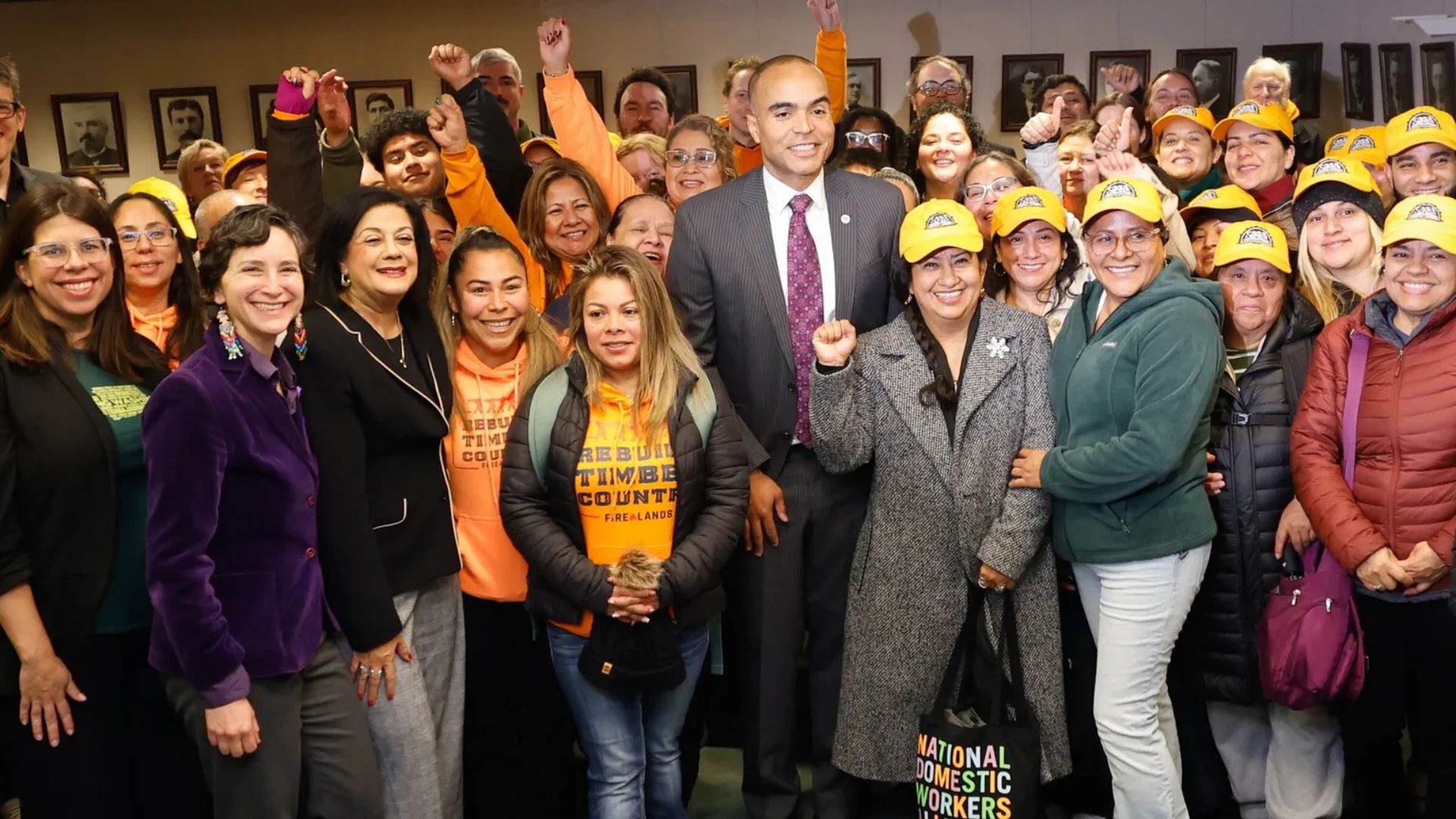
U.S. retail sales in July showcased the resilience of American consumers, surpassing expectations with a 0.7% increase. This rise in sales, as reported by the Commerce Department, was buoyed by gains across various sectors, including sporting goods, clothing outlets, and restaurants. A robust labor market and escalating wages have empowered American households to bolster the economy, even amidst rising interest rates. However, this strength might prompt the Federal Reserve to adopt a more aggressive stance if inflationary pressures persist.
On the other hand, there has been a gradual deceleration in consumer spending growth. While the economy demonstrated unexpected resilience in the first half of the year, the pace of consumer spending is now slowing.
In a recent post, Jack Kleinhenz, Chief Economist at the National Retail Federation (NRF), noted that consumers, although still spending, are feeling the financial pinch. They are adjusting their purchasing habits, transitioning from goods to services. The savings accumulated during the pandemic, which previously fueled spending, are depleting.
The growth of consumer spending, which constitutes about 70% of GDP, has dwindled from 4.2% in the first quarter to 1.6% in the second. While retail sales, excluding certain sectors, grew by 3.1% year-over-year in the second quarter, this was below the 4% growth observed in the first half of the year.
In response to inflation, the Federal Reserve recently raised interest rates, which now stand between 5.25% and 5.5%, the highest since January 2021. This move, while aimed at controlling inflation, also raises concerns about a potential economic slowdown.
While U.S. retail sales have outpaced forecasts, indicating a resilient consumer base, there are clear signs that the growth in consumer spending is tapering off. The interplay of economic factors, including interest rates, inflation, and the labor market, will shape the trajectory of consumer spending in the coming months.

